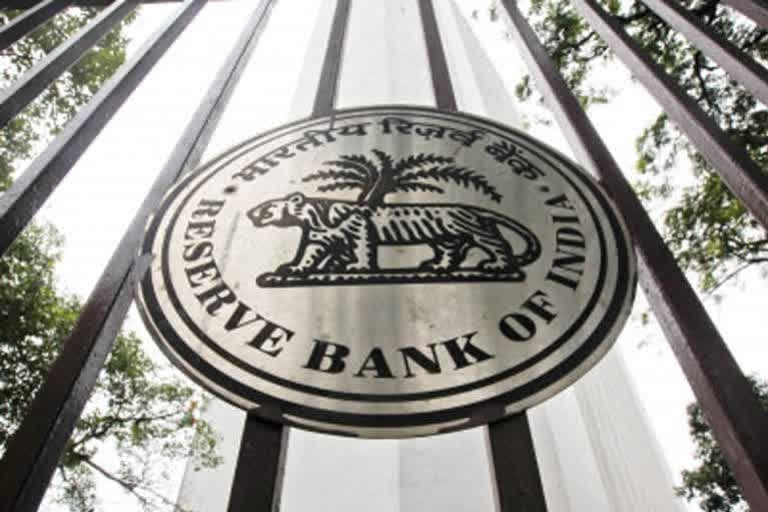Mumbai (Maharashtra): RBI on Wednesday said the second purchase of government securities worth Rs 35,000 crore under the G-sec Acquisition Programme (G-SAP 1.0) will be done on May 20 for an orderly evolution of the yield curve as a fresh COVID-19 wave threatens to hit the economy. The first purchase of Rs 25,000 crore last month received an enthusiastic response from the market, Reserve Bank of India (RBI) Governor Shaktikanta Das said while announcing a slew of measures to provide relief to various segments of the economy hit by the second wave of the pandemic.
RBI will do a second purchase of government securities (G-secs) aggregating Rs 35,000 cr in two weeks, he said. To provide clarity on its bond-buying programme through open market operations (OMO), Das had announced Rs 1 lakh crore target for the first quarter under the new instrument called G-SAP 1.0. On the rate of price rise, he said, food and fuel inflation have pushed core inflation. The expected normal monsoon forecast should help contain food price inflation, he added.
Also read:Param Bir's plea challenging preliminary enquiries can be decided by CAT: HC
RBI Governor, in an unscheduled announcement, said the central bank will continue to monitor the situation from the resurgence of COVID-19 cases and deploy all resources.
"We have to marshal our resources for fighting the virus with vigour," he added.
The Reserve Bank of India also introduced on-tap liquidity of Rs 50,000 crore at a repo rate under which banks can support healthcare stakeholders like vaccine makers, hospitals as well as patients till March 31, 2022.
Banks are being incentivised to sanction these loans under priority sector classifications, said RBI Governor Shaktikanta Das laid while outlining contours of calibrated measures to counter the pandemic. Banks are expected to create a Covid loan book under the scheme. By way of an additional incentive, said Das, such banks will be eligible to park their surplus liquidity up to the size of Covid loan book with the RBI under the reverse repo window at a rate that is 25 basis points lower than the repo rate or 40 bps higher than the reverse repo rate. Besides, a targeted long-term repo operation of up to Rs 10,000 crore will be started for small finance banks.
Also read:BMC receives 1 lakh COVID vaccine doses
The upper limit is Rs 10 lakh per borrower. Small finance banks can now on-lend to smaller micro finance institutions (MFIs) of asset size up to Rs 500 crore. Small finance banks on-lending to MFIs will be categorised as a priority sector. The facility will be available till March 31 next year. Individuals and MSMEs borrowers can avail of one-time restructuring till September 30.
This covers those having exposure up to Rs 25 crore and those that were standard as of March 31 this year. The moratorium period under restructuring 1.0 can now be extended up to two years. In addition, banks can use counter-cyclical provisions for the purpose of bad loan provisioning. Das also announced the rationalisation of KYC compliance.
Limited KYC can now be used till December 1. The RBI will allow states to remain in overdraft for a maximum of 50 days (from 36 days earlier). The number of consecutive overdraft days will go up to three weeks from two weeks earlier. This facility pertains to funds under the Ways and Means Advances. Das said the devastating speed with which the virus affects different regions of the country has to be matched by swift-footed and wide-ranging actions that are calibrated, sequenced and well-timed so as reach out to various sections of society and business, right down to the smallest and the most vulnerable.
"India has mounted a valiant defence against Covid. The RBI will continue to monitor the emerging situation and deploy all instruments at its command," he said.
(With inputs from agencies)
